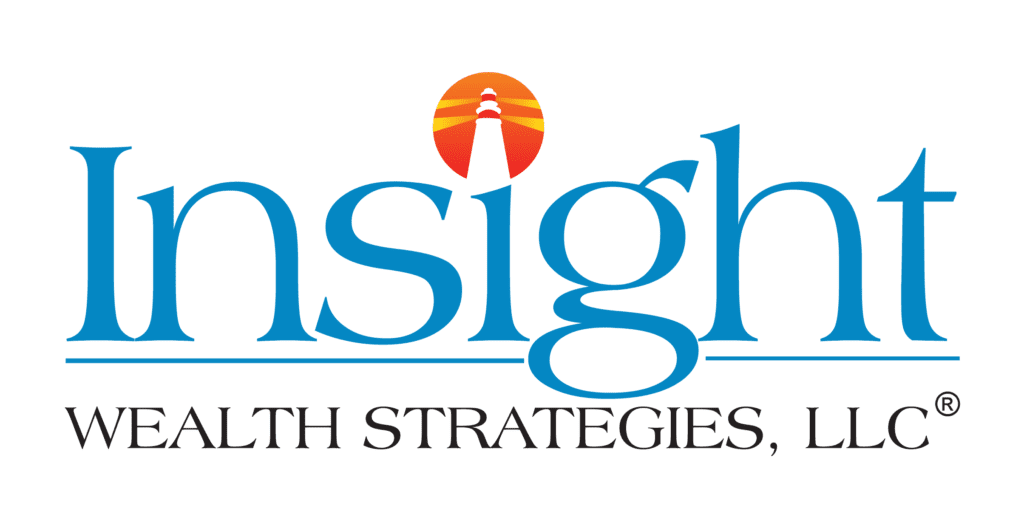Mastering Retirement Challenges: Managing Sequence of Returns Risk
For many individuals approaching retirement or those who have recently retired, the culmination of years of hard work has resulted in a carefully cultivated nest egg and a financial plan designed to provide a comfortable retirement. However, life is unpredictable, and unexpected events such as large expenses, health issues, or market downturns can disrupt even the most well-laid retirement plans.
One significant challenge that retirees face, particularly in the early years of retirement, is the phenomenon known as sequence of returns risk. This risk arises when negative investment returns occur early in retirement, potentially impacting the longevity of a portfolio. The timing of returns becomes crucial, especially if a retiree is withdrawing from their portfolio to cover living expenses. The market’s decline forces retirees to sell more shares to maintain their required monthly income, limiting the portfolio’s recovery potential when the market eventually bounces back.
While market returns are beyond anyone’s control, there are proactive strategies that can be employed to mitigate the impact of sequence of returns risk on your financial plan.
- Maintain a Portfolio Reserve
One effective strategy is to keep a reserve within your portfolio, particularly in the form of money market funds. With short-term interest rates currently exceeding 5%, these funds provide returns that can keep pace with inflation. During market downturns, instead of selling depreciating stock or bond investments, retirees can tap into their money market holdings to fund short-term income needs. This approach allows the portfolio to weather turbulent market conditions while minimizing the need to sell undervalued assets.
- Implement a Dynamic Spending Plan
A dynamic spending plan is another powerful tool in managing sequence of returns risk. This strategy involves adjusting your spending based on the market’s performance. During years of robust portfolio growth, retirees can increase discretionary expenditures such as car purchases or home renovations. Conversely, during market downturns, a disciplined approach requires reducing portfolio withdrawals to adapt to the challenging financial environment. While not suitable for everyone due to the need for significant discipline, a dynamic spending plan can help align your expenses with the realities of your investment portfolio.
- Regularly Review and Adjust Your Financial Plan
As you progress through retirement, it’s crucial to revisit and reassess your financial plan regularly. Analyze your required return to ensure it aligns with your financial goals and risk tolerance. Periodic adjustments may be necessary to avoid the risk of running out of money or taking more risk than needed to achieve your objectives.
Beyond the fundamental strategies of maintaining a portfolio reserve and implementing a dynamic spending plan, there are various other key approaches to fortify your retirement against the challenges posed by sequence of returns risk. Diversifying your income streams, whether through part-time work, rental properties, or dividends, can provide a cushion against market fluctuations. Consider incorporating long-term care insurance to address potential health-related expenses and maintain a separate emergency fund for unforeseen financial needs. Implementing tax-efficient withdrawal strategies and exploring the benefits of annuities for guaranteed income are also prudent steps. Regularly rebalancing your portfolio, seeking professional financial advice, and staying informed about market trends enhance your overall risk management strategy. Additionally, exploring Roth conversions and optimizing Social Security benefits contribute to a more resilient and flexible retirement plan. By incorporating these diversified strategies, you can navigate the complexities of retirement with greater confidence and adaptability.
In conclusion, sequence of returns risk is a significant consideration for retirees, but proactive strategies can help minimize its impact. By maintaining a portfolio reserve, implementing a dynamic spending plan, and regularly reviewing your financial strategy, you can enhance the resilience of your retirement plan and increase the likelihood of financial success throughout your golden years.
Written by,

Michael Agorastos, CFP®
Michael is a comprehensive, fee-only financial planner who began his financial services career with Insight Wealth Strategies in 2013. His primary areas of expertise cover retirement planning (e.g. cash flow analysis, developing retirement income strategies, stock option planning, corporate benefit analysis, etc.), investment planning, and high-level income tax reduction strategies for individuals and small business owners.
Want to read more articles by Michael?
Insight Wealth Strategies, LLC is a Registered Investment Adviser. Advisory services are only offered to clients or prospective clients where Insight Wealth Strategies, LLC and its representatives are properly licensed or exempt from licensure. Past performance is no guarantee of future returns. Investing involves risk and possible loss of principal capital. No advice may be rendered by Insight Wealth Strategies, LLC unless a client service agreement is in place.
Insight Wealth Strategies, LLC (IWS) and its affiliates do not provide tax, legal or accounting advice. This material has been prepared for informational purposes only, and is not intended to provide, and should not be relied on for, tax, legal or accounting advice. You should consult your own tax, legal and accounting advisors before engaging in any transaction.
Certified Financial Planner Board of Standards Inc. owns the certification marks CFP®, CERTIFIED FINANCIAL PLANNER™, in the U.S., which it awards to individuals who successfully complete CFP Board’s initial and ongoing certification requirements.




